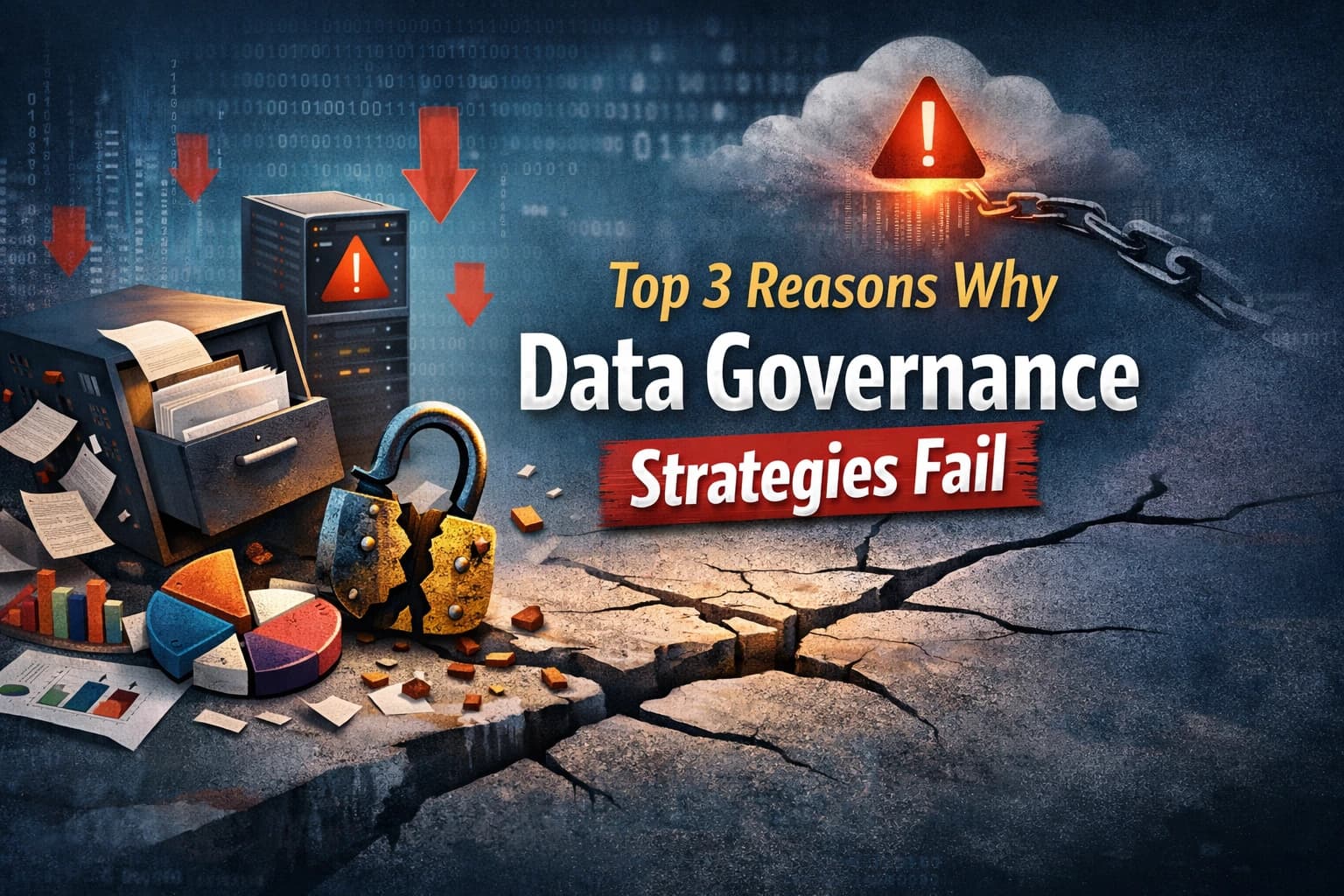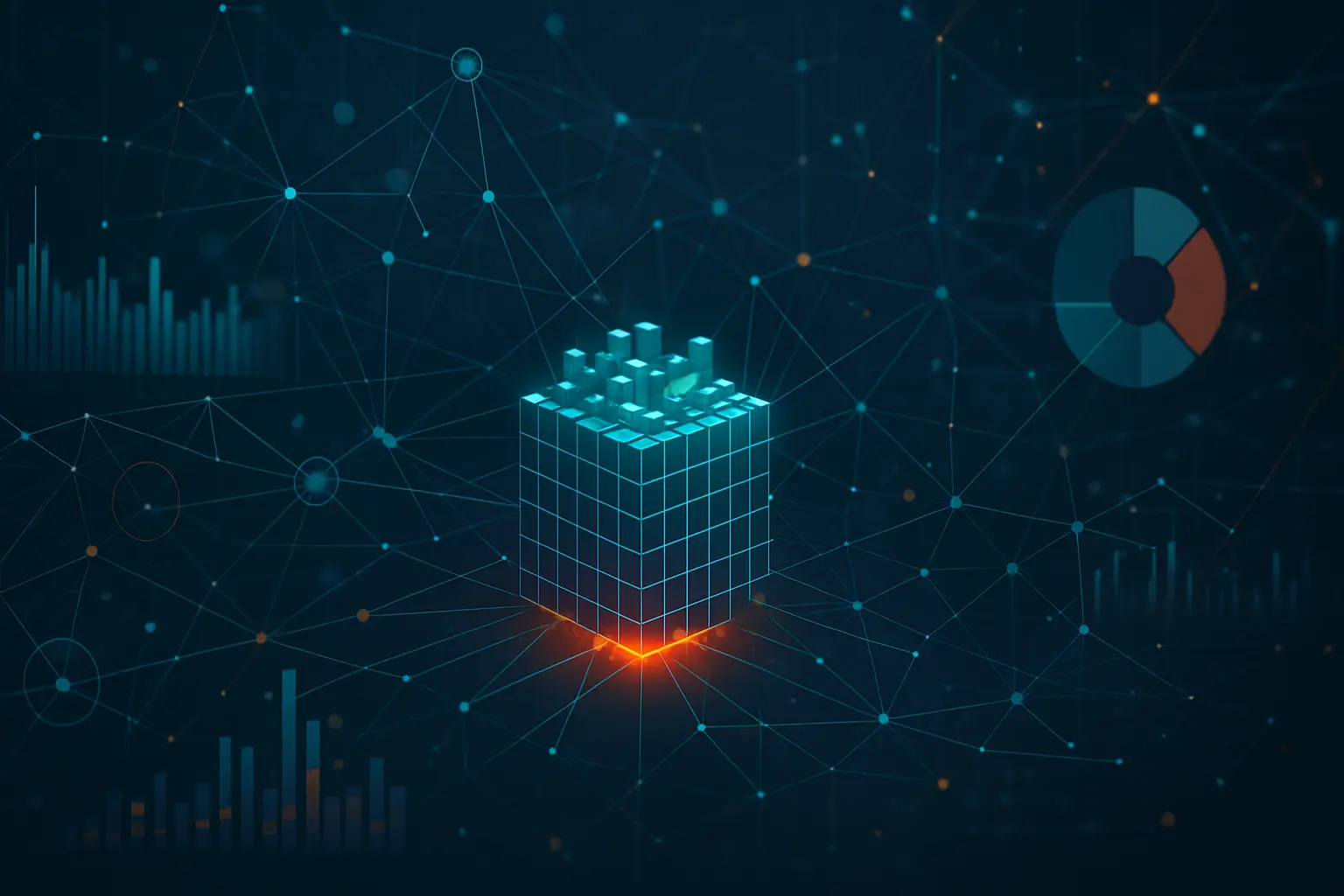ETL is a data management process that's integral to data warehousing. It can be not only complex but also time-consuming. Reverse ETL is a new method growing in popularity because it's simpler and faster.
This article explains what reverse ETL is, how it works, and the pitfalls to avoid. It also talks about the benefits and drawbacks of reverse ETL, so one can decide its suitability for their organization.
What Is ETL And Reverse ETL?
Reverse ETL is a process of extracting data from a data warehouse, transforming it, and then loading it into a third-party system. Traditional ETL, which follows the Extract-Transform-Load sequence, or even ELT, which stands for Extract-Load-Transfer, pushes data from third-party systems, such as CRM, HubSpot, Oracle, and MySQL, into target data warehouses.
On the other hand, reverse ETL makes the data warehouse the source instead of the target. On the other hand, third-party systems are the target. This, in effect, means data emanates from the warehouse toward the designated third-party destination.
Essentially, reverse ETL is about operationalizing your data.
Reverse ETL works by first extracting clean and processed data from a data warehouse into a separate data extraction process. In this process, the data source is the data warehouse itself. The data transformation then takes place to meet the specific requirements of the target system. Once the data has been transformed, it is loaded into the target system. One can use this method for various purposes, including data migration, synchronization, and replication.
Thus, reverse ETL involves extracting data from a data warehouse, transforming it within the warehouse to meet third-party system data format requirements, and loading the data into the third-party system for processing. This technique can keep data in sync between a data warehouse and a data lake or migrate data from one data platform to another. It is also sometimes useful for performing data cleansing or data enrichment tasks.
Because data warehouses cannot load data directly into third-party systems, and the data needs to be "processed" as an in-between step, the method is thus called reverse ETL and not reverse ELT. As the data transformation takes place within the data warehouse, it is not a traditional ETL process. Neither data is transformed by an "in-between" server.
What Are The Benefits of Reverse ETL?
This method has many pros, which include:
- The potential to quickly and easily move data from one system to another.
- The capability to keep data synchronized between two systems.
- Access to accurate and timely data.
Occasionally, this technique can prove challenging to implement. The most common difficulties include the data not being processable in the target system. Further, data may not be compatible with the source system or may need to be transformed before it can be loaded into the source system.
Who Can Benefit from Reverse ETL?
Reverse ETL allows almost any department within an enterprise, including Sales and Marketing, and Finance, to access the data they need whenever they want. It is normally used when data needs to be migrated from one system to another or when data from multiple systems needs to be combined into one system. Reverse ETL can also be used for data cleansing and data enrichment.
Why Reverse ETL?
Comes with a bunch of advantages, one of them being that it democratizes data analytics. Without reverse ETL, your analysis will remain locked inside your dashboard.
This process is the engine that drives operational analytics, continuously pushing through real-time customer information into third-party applications to ensure the right person has all the data and insights they need in their decision-making.
Use Cases Of Reverse ETL
There are many use cases for reverse ETL. One everyday use case is data migration, where data from one system has to move to another. Another common use case is data warehousing, where data from multiple sources is collected into one repository.
Reverse ETL can also be useful for data analysis to change the data from one system into a format that another system can use. For example, you might need to normalize the data before the data analysis application can use it. Or it might require further processing on raw forms of JSON, so developers who don't usually work with datasets created outside their ecosystem could access them more quickly—or even at all!
In your enterprise's modern data tech stack, reverse ETL is possible in three different ways. Here's how:
To move data from a warehouse to a business app, your tech team can write individual connectors or use APIs. But often, this is not possible for small companies, as they cannot afford to have very large groups.
But you can use the native integrations that connect tools. This has an inherent drawback: it can be a winning approach with one particular tool, but then again, not every SaaS tool may have the native integrations your business needs.
Lastly, your business can use purpose-built reverse ETL solutions available in the market. These come preloaded with the connectors you need to ingest data from applications into your data warehouse. Using the Reverse ETL solution, you can quickly load data from the warehouse back into business applications without any complicated setup.
Here's a use-case:
If a MicroStrategy customer lifetime value (LTV) score is not processable in Salesforce, your data engineer can apply an SQL-based transformation to this report data within Snowflake to isolate the LTV score and format it for Salesforce. He can then push it into a Salesforce field, allowing marketing and sales teams to use that information.
Win new customers with customer journey mapping >>>>> Read more
Thus, it helps manage fragmented data across multiple channels so you can track customer behavior and deliver intelligent recommendations (in real-time).
The CDP usually focuses on ingestion, segmentation, and activation of data. Identity resolution is at the heart of all of those processes. To develop more accurate customer journey analytics, identity resolution plays a prominent role in organizing customer data.
If you want to read the complete blog post on a CDP and its benefits.
Flaws in Traditional Approaches to Customer Identity Resolution
Inaccurate data is one of the most common problems facing businesses today. In fact, according to a recent study, bad data costs US businesses an estimated $3 trillion each year. One of the biggest contributors to this is poor customer identity resolution.
Traditional approaches to ID resolution, such as deterministic matching and probabilistic matching, are often inaccurate and can lead to lost customers and wasted marketing spend.
Here are some of the most common mistakes businesses make when trying to resolve their customers' identities:
- Not verifying the identity of the customer. Verifying the identity of a customer is essential to protect their personal information. If you don't verify their identity, a hacker could potentially access their account and steal their data.
- Using the wrong customer identifier. When trying to identify a customer, it's crucial to use the correct customer identifier. This identifier can be a customer's name, email address, or other contact information.
- Not correctly matching the customer's account information with their identity. If you're trying to identify a customer, it's important to match their account information with their identity. This means verifying the customer's name, email address, and other contact information.
- Not enforcing anti-spoofing measures. When you're trying to identify a customer, it's important to enforce anti-spoofing measures. This means verifying the customer's identity using methods that don't rely on their contact information.
- Using too many verification steps during registration or checkout processes for new customers. On top of this list, we have using too many verification steps during registration or checkout processes for new customers.
How to Overcome the Flaws
Traditional analyst approaches to customer identity resolution were often flawed. As a result, customers would be lost and resources would be wasted. Businesses can improve their customer experience by adopting a holistic, accurate approach to IR.
Here's how:
- As a rule of thumb, deterministic and probabilistic matching techniques should only be used when necessary. Most of the time, these matching techniques are inaccurate, which could lead to wasted marketing dollars. Ensure the accuracy of your data by using it only when necessary.
- Be sure to verify the identity of the customer without relying on their contact information. Verifying the identity of a customer is one of the most basic mistakes businesses make. You can use email verification, social security numbers, or national identity numbers to verify your identity.
- Identify the customer using a unique identifier. It is imperative to use the correct customer identifier when trying to identify a customer. An example of such a parameter would be a customer's name, email address, or other contact information.
- Ensure anti-spoofing measures are enforced while verifying customer profiles. Spoofing the identity of a victim is one of the most common ways hackers exploit identity theft. It is possible to prevent that from happening if you ensure this.
In conclusion: If you're in the business world, you know that one of the most important things to do is "know thy customer." Identity resolution is a process of matching data points from different sources to create a complete profile of a customer. If you're not careful, though, mistakes in identity resolution can cost your business customers. This article has laid out such mistakes and the ways to avoid them.


